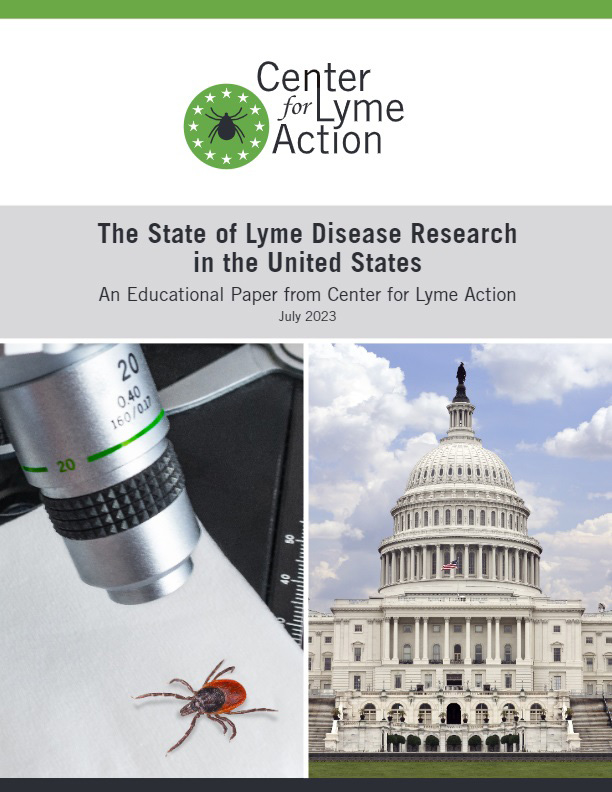T he Center for Lyme Action has published a 73-page document called “The State of Lyme Disease Research in the United States.” What follows is an overview of report’s main points.
The annual direct medical costs associated with Lyme disease are estimated at $914 million – $1.7 billion, with the full economic impact potentially reaching $50 -$100 billion
Executive Summary
A growing epidemic
 Tick-borne illness is a growing health threat to the American public, and ticks capable of transmitting diseases are found in all fifty states. Lyme disease accounts for the vast majority of tick-borne illnesses in the Northern Hemisphere, with an estimated 476,000 Americans diagnosed and treated annually.
Tick-borne illness is a growing health threat to the American public, and ticks capable of transmitting diseases are found in all fifty states. Lyme disease accounts for the vast majority of tick-borne illnesses in the Northern Hemisphere, with an estimated 476,000 Americans diagnosed and treated annually.
Caused by an elusive pathogen
Decades of research on the causative agent of Lyme disease, a bacterium called Borrelia burgdorferi, demonstrates that it is an elusive pathogen capable of evading the immune system. The infection starts locally around the spot of the tick bite, but later disseminates to tissues throughout the body, including the skin, joints, heart, peripheral nervous system, and brain.
With no reliable diagnostic
Patients acquiring Lyme disease have a high probability of misdiagnosis. Lyme disease often comes with an erythema migrans rash, which is the most common method of diagnosis. However, the complexities of rash presentation make this approach unreliable, with a misdiagnosis potential of over 50%. In vitro diagnostic tests are also unreliable with the standard of care incorrectly reporting 39-59% of early Lyme cases………..Join or login below to continue reading.




























